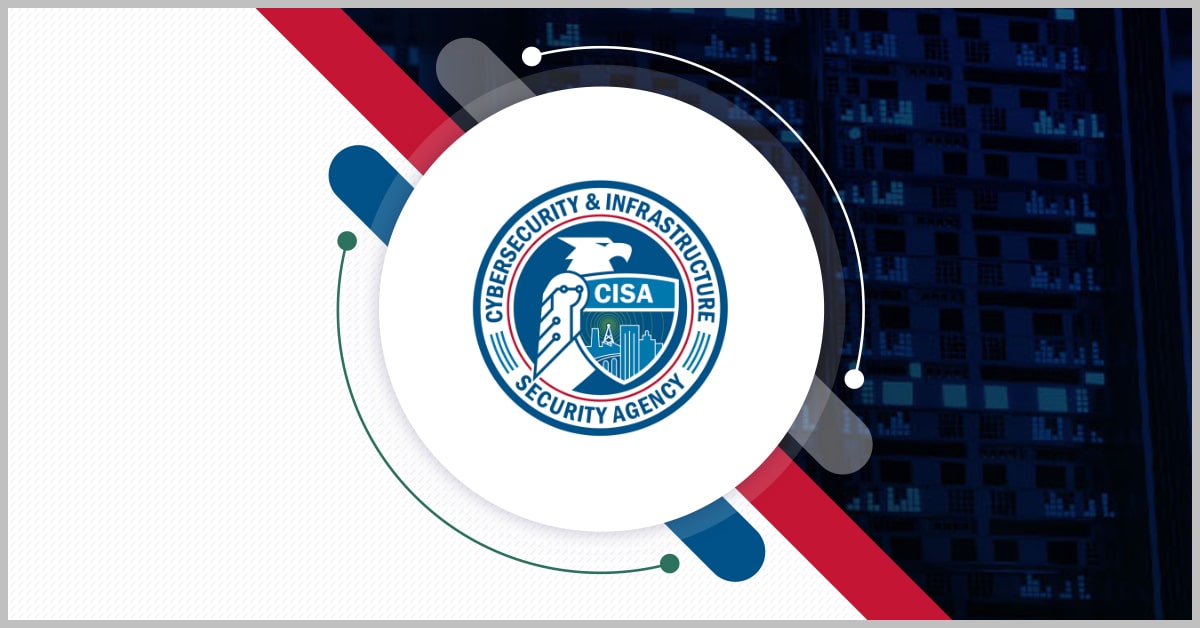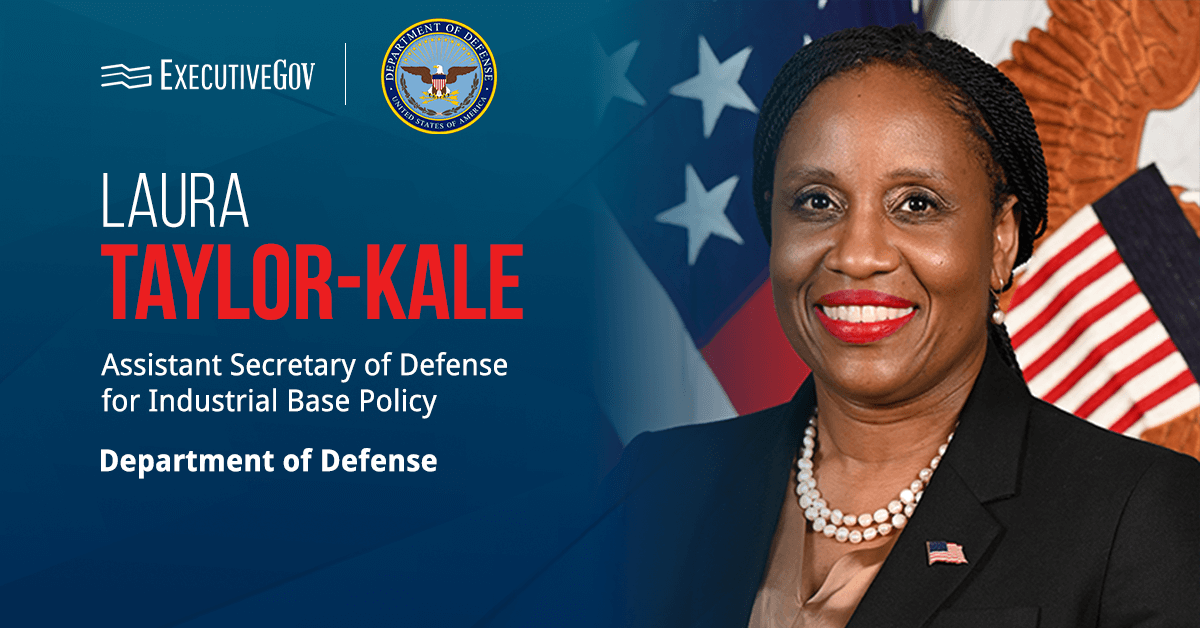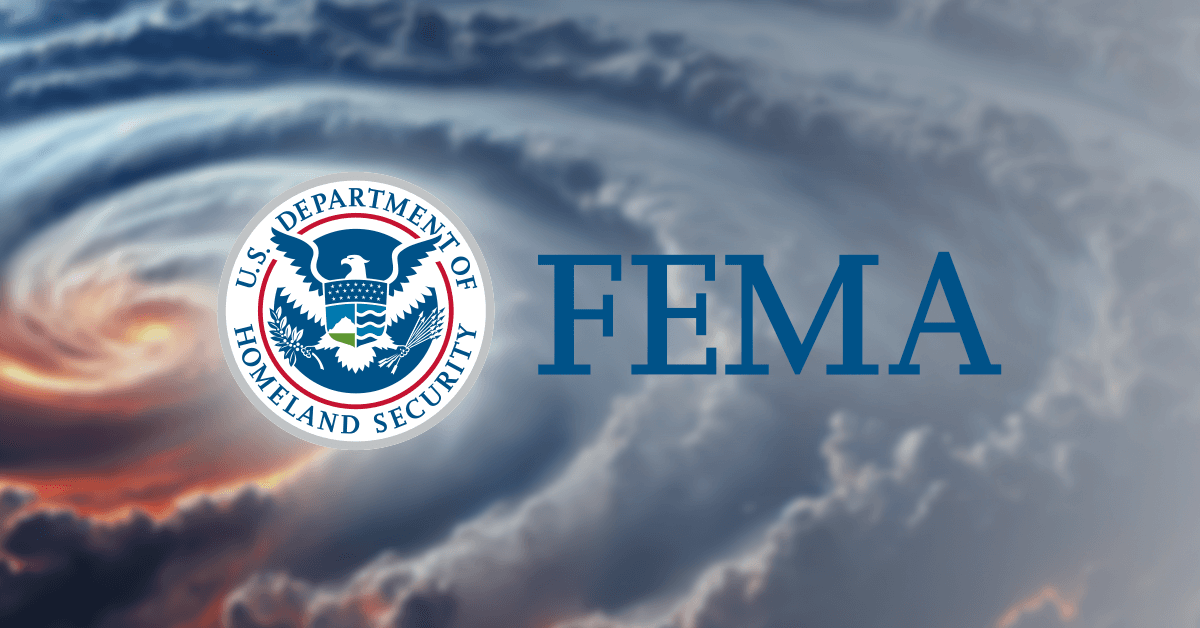U.S. Army Contracting Command – Aberdeen Proving Ground is conducting a pilot test of A.I. Flow, a tailored AI workspace built by the Communications-Electronics Command Software Engineering Center, or CECOM SEC, to enhance the Army’s operations.
A.I. Flow, authorized to operate with controlled unclassified information, is currently accessible to select engineering center personnel, the U.S. Army said Tuesday.
Table of Contents
A.I. Flow Uses
The product, which has a secure, user-friendly interface, can be used for various applications, including writing appraisals, new job information and contracts. CECOM SEC, in partnership with ACC-APG, sets parameters, uploads example documents and creates guidelines to create a justification and approval document, or J&A, for military contracting. According to the military branch, the trial showed that A.I. Flow can deliver one such document that is 80 percent complete.
With the AI-powered system, developing a J&A document will be faster compared to the manual process, which takes days or weeks.
A.I. Flow can be customized to meet the specific needs of users. The team behind the software’s development continuously receives feedback to improve the program and support more use cases.
Generative AI as a Service
The pilot test is expected to result in a fully operational A.I. Flow, which Ronald Rizzo, deputy executive director of CECOM SEC, described as “generative AI as a service.”













